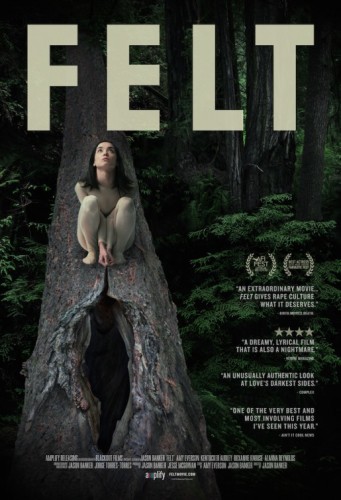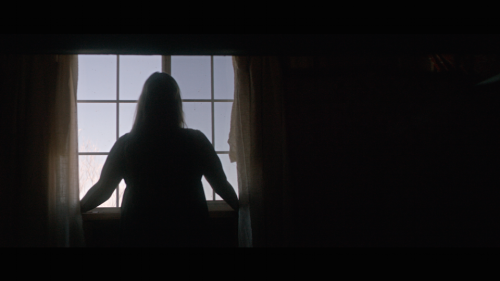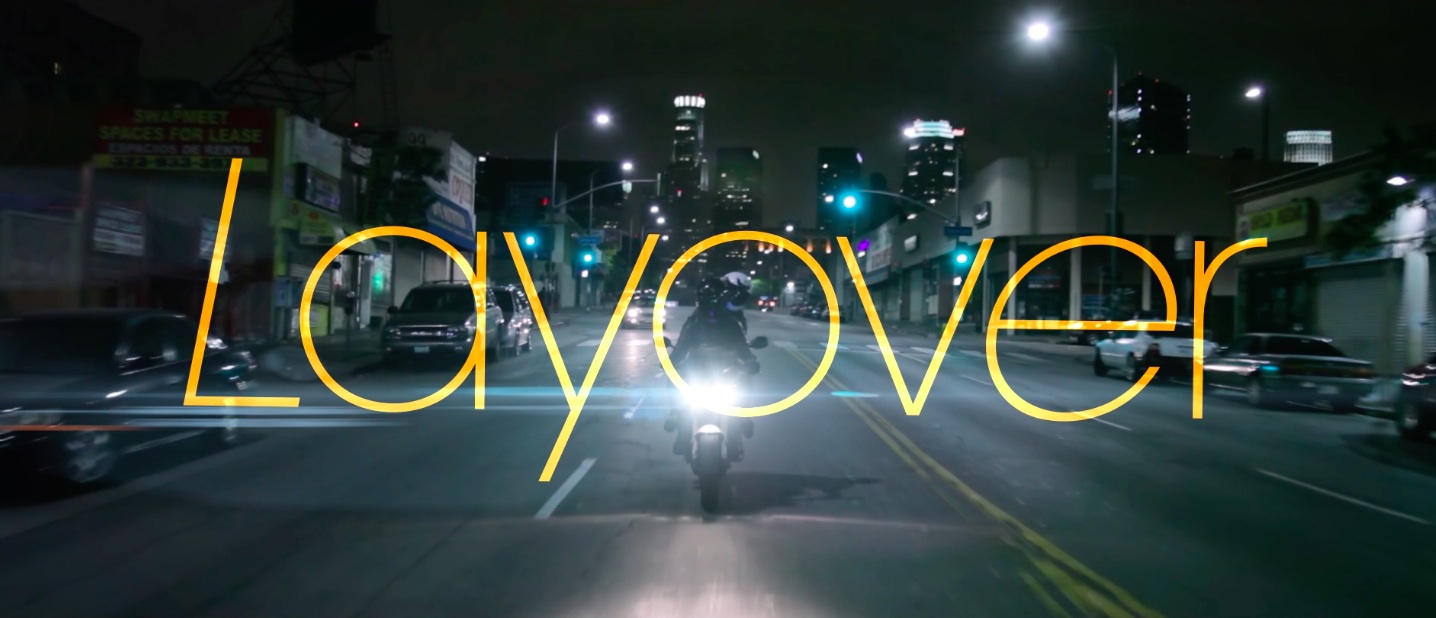This is guest post by Claire Holland previously appeared at Razor Apple and is cross-posted with permission.
The majority of horror movies end with a “final girl” (so christened by Carol J. Clover in her pioneering book, Men, Women, and Chainsaws) conquering her attacker and would-be murderer in a final battle: Sally Hardesty bellowing in the back of a pickup truck as it drives away from Leatherface, who waves his chainsaw in useless frustration; Ginny Field stabbing Jason with his own machete; Sydney Prescott shooting Billy Loomis between the eyes as he lunges toward her in a failed attempt at one last assault. All of these women literally and figuratively stick it to the man, and by extension, to the patriarchy, if only temporarily. But what happens to these final girls – both fictional and, all too often, real – after the credits roll, and they are expected to reintegrate into a society that remains unchanged by their personal traumas?
That is the inherent question in Felt, a micro-budget indie film from Jason Banker about an artist, Amy (Amy Everson, also the co-writer), recovering from an unnamed, but easily assumed, ordeal. While the exact parameters of Amy’s scarring experience are never disclosed, hints are dropped, including an awkward conversation about date rape and the artist’s newfound fixation on creating nightmarish costumes featuring exaggerated genitalia and blank faces. We know, without having to ask, that Amy has endured some sort of sexual violation, visited upon her by a man.
It’s a classic setup for a rape revenge movie, except that there is no rapist–not a specific one that we meet, anyway. Felt is missing the inciting incident, which is surely a deliberate move. Whether or not a rape occurred is beside the point – the point is that Amy obviously feels deeply, painfully intruded upon in one way or another. She continues to feel further invaded and degraded throughout the film, while socializing with her roommate’s aggressive boyfriend or while on a first date with a man who becomes exasperated when she doesn’t acquiesce to his desires. In this way, the audience feels the buildup of these small and not-so-small intrusions along with Amy, from strangers and friends alike. Unlike your typical rape revenge movie, there is not one rapist, not one villain at which to lash out, but rather potential villains everywhere. Society is the villain, and Amy is just doing her best to cope with this new reality.
Her method of coping, and to an extent fighting back, involves frequent use of the aforementioned costumes. Most of them are grotesque caricatures of the male form – Amy roams the woods in a beige leotard with a large, dangling penis and a yarn head; another suit features freakishly bulging arm muscles that she pretends to flex, the camera panning down to her breasts, bound and flat. She dons a mask with tufted hair and stubble when her roommate tries to talk to her about her strange behavior. As things grow too somber, Amy sticks her tongue out of a hole in the mask, causing her friend to physically recoil. The suits are armor and weapon combined.
Later, Amy takes part in a seedy hotel room photo shoot, but instead of getting naked for the pimp-like photographer, she shows up wearing fake padded breasts and a pair of granny panties adorned with a lurid, intricate cloth vulva. The photographer uncomfortably tries to laugh it off and turn her away, but she and the other model, Roxanne, end up taking over the shoot, asserting their power in a situation where they previously felt powerless. The two women become fast friends, instantly linked by a shared mistrust of the opposite sex and, as Roxanne puts it, a desire to “leave [their bodies].”
The friendship is knocked off-balance when the two meet a guy named Kenny at a bar. The encounter begins as just another bonding activity of sorts for the women – Amy and Roxanne pick Kenny up, but then abandon him on the side of the road, laughing hysterically. Later, though, Amy runs into Kenny on the street and they seem to connect, resulting in a tentative, tender relationship that Roxanne has trouble accepting. Because this is a horror movie, we know that nothing good can come of it.
From there, Felt follows the familiar trajectory of the rape revenge flick, and the ending feels as inevitable as it does predictable. That, too, seems deliberate. When a person is stripped of her agency and her humanity, sometimes the only option she can see is to strike back. The movie meanders, often sacrificing tension or a cohesive narrative for the dull ache of authenticity, merely putting off what we know is to come. The sheer predetermination of the story may well be its message. We watch as the plot marches toward its inexorable conclusion, the cycle of violence playing out yet again.
Claire Holland is a freelance writer and author of Razor Apple, a blog devoted to horror movies and horror culture with a feminist bent. Claire has a BA in English and creative writing, but she insists on writing about “trashy” genre movies nonetheless. You can follow her on twitter @ClaireCWrites.


















